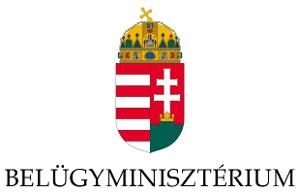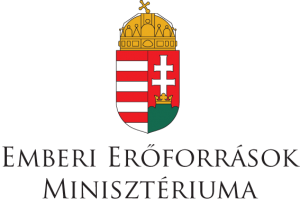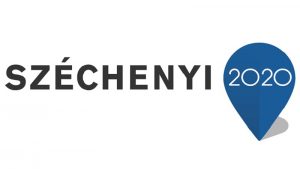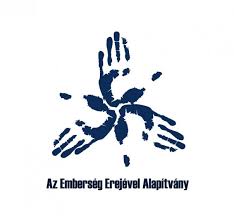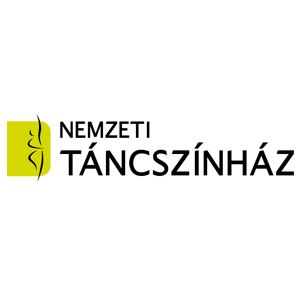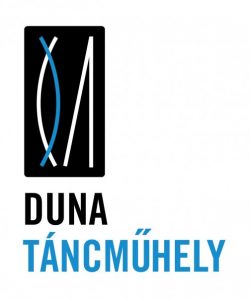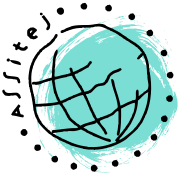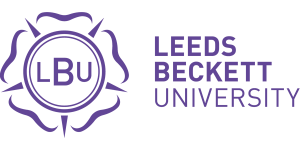What is Educational Theatre and Drama?
The children are watching a refugee girl, Amani, and a boy, George, interact in a disused railway station. Amani and George are played by two actors in role. The interaction is fraught with tension. Amani is frightened, George is aggressive – he is frightened too. They cannot speak to each other. One of the pupils, a girl aged seven, a girl who is often quiet, distant even, taps one of the adults working in the programme on the shoulder. “I know what the problem is”, she says. The adult gets the attention of the actor facilitating the programme, indicating that the child is prepared to share her understanding with the rest of her peers. “His story is her story” she observes with quiet confidence, “and her story is his story, but they don’t realise it.” The significance was apparent to everyone in the room, it was held in a portentous silence. The task for everyone involved now was to deepen this understanding and share it with George and Amani. This was the stuff of real drama.
Suitcase – a Theatre in Education programme for children aged 6-7 years old
The drama of – As if
Let’s begin with a broad definition of the meaning of drama, which derives from the Greek word Dran – to do. Drama is something of significance that is ‘done’ or enacted. In our work it is action explored in time and space in a fictional context.
Drama and theatre is a shared experience among those involved either as participant or audience where they suspend disbelief and imagine and behave as if they were other than themselves in some other place at another time. There are many aspects to the imagined experience of as if.
Drama is a framed activity where role-taking allows the participants to think or/and behave as if they were in a different context and to respond as if they were involved in a different set of historical, social and interpersonal relationships. This is the source of dramatic tension. In drama we imagine the real in order to explore the human condition.
Acting a role in a play, or taking a role in a drama, is a mental attitude, a way of holding two worlds in mind simultaneously: the real world and the world of the dramatic fiction. The meaning and value of the drama lies in the dialogue between these two worlds and the human subjects behind its representations: the real and the enacted; the spectator and the participant; the actor and the audience. Even in performance we are not simply showing to others but also seeing ourselves, and because of this, drama is an act of ‘self’ creation.
DICE – Educational Theatre and Drama
The range of work that has been the subject of this research project is both rich and diverse. It involves a variety of processes and performance elements in a variety of contexts using many different forms and different approaches to drama and theatre. We do however share a common concern for the needs of young people and view our work within an educational framework, whether this is in school or another learning context such as a theatre and drama group or club. We have therefore adopted the generic term of educational theatre and drama to describe the work that the partners in the DICE project do.
Why do we differentiate between theatre and drama?
The work explored in this publication, and we suspect the work of practitioners everywhere, functions along a continuum, with process at one end, moving on through exploring, sharing, crafting, presenting, and assessing, towards performance at the other. The fundamental difference between the two ends of the spectrum is the difference between process and product.
The creation and crafting of a piece of theatre has the audience as its focus. The process of making theatre can be educative in itself – we need to understand what we are performing to an audience, we learn skills in order to present a play text – but the function of theatre, irrespective of what an individual may get out of performing, is to show to others.
Performance however requires depth in order to be an event rather than an empty effect. Theatre cannot be theatre unless the actor is consciously divided within the aesthetic space, both self and not self – I and not I; unless there is a division between the aesthetic space and the audience; unless the dramatic event unlocks or accesses for the audience the most extreme situations, dilemmas and emotions concerning the gamut of human experience – be they spiritual, emotional, psychological, social, physical, etc.
To paraphrase Eric Bentley:
In theatre, A (the actor/enactor) plays B (the role/performance) to C (the audience) who is the beneficiary.
Drama, on the other hand, is not as concerned with the learning of theatre-skills, or production, as it is with the construction of imagined experience. Drama creates dramatic situations to be explored by the participants, inviting them to find out more about the process of how the situation comes into being, to shift perspectives in the here and now, identify and sometimes solve problems and deepen our understanding of them. The focus is on process: it is a social activity that relies on many voices and perspectives, and on role-taking; that focuses on task rather than individual interests; and that enables participants to see with new eyes. This approach creates an opportunity to probe concepts, issues and problems central to the human condition, and builds space for reflection to gain new knowledge about the world. Drama is more concerned with providing the child with lived-through experience, with the enactive moment, rather than with performing the rehearsed moment. It moves along an educational continuum that embraces many forms, from simple role play that is very close to child’s play to fully-structured sharing (including showing); but the focus remains on identifying opportunities for learning and how to organise these.
In drama, A (the actor/enactor) is simultaneously B (role) and C (audience,) through participation and observation, in a process of percipience (a process of both observing and participating).
Educationally speaking, some of our work trains young people in theatre and drama skills in order that they can perform in theatre or pass those skills on to others through teaching. But there is also a deeper concern and a wider potential in educational theatre and drama: to use dramatic art to connect thought and feeling so that young people can explore and reflect subject matter, test and try out new ideas, acquire new knowledge, create new values, and build self-efficacy and self-esteem.

